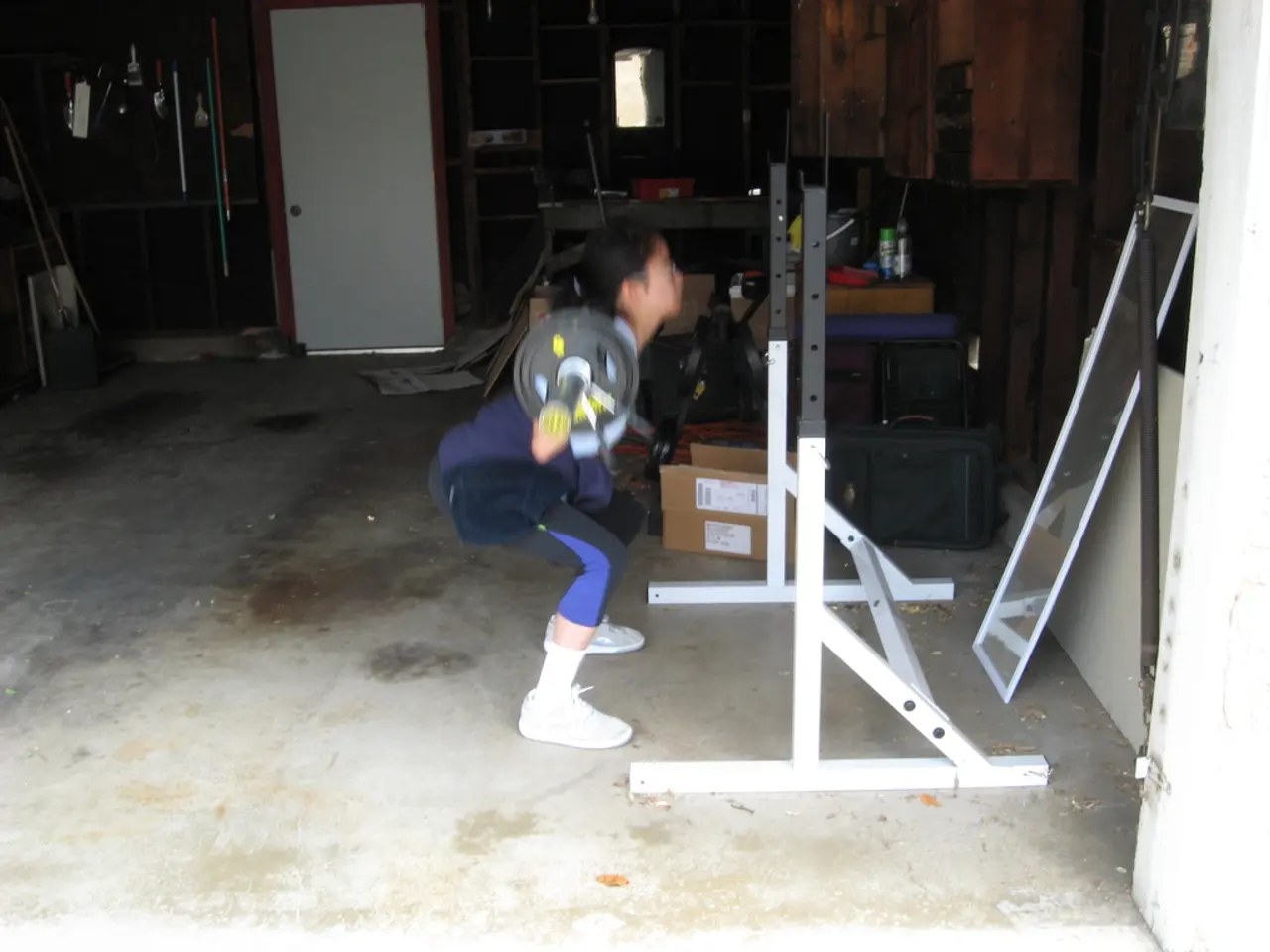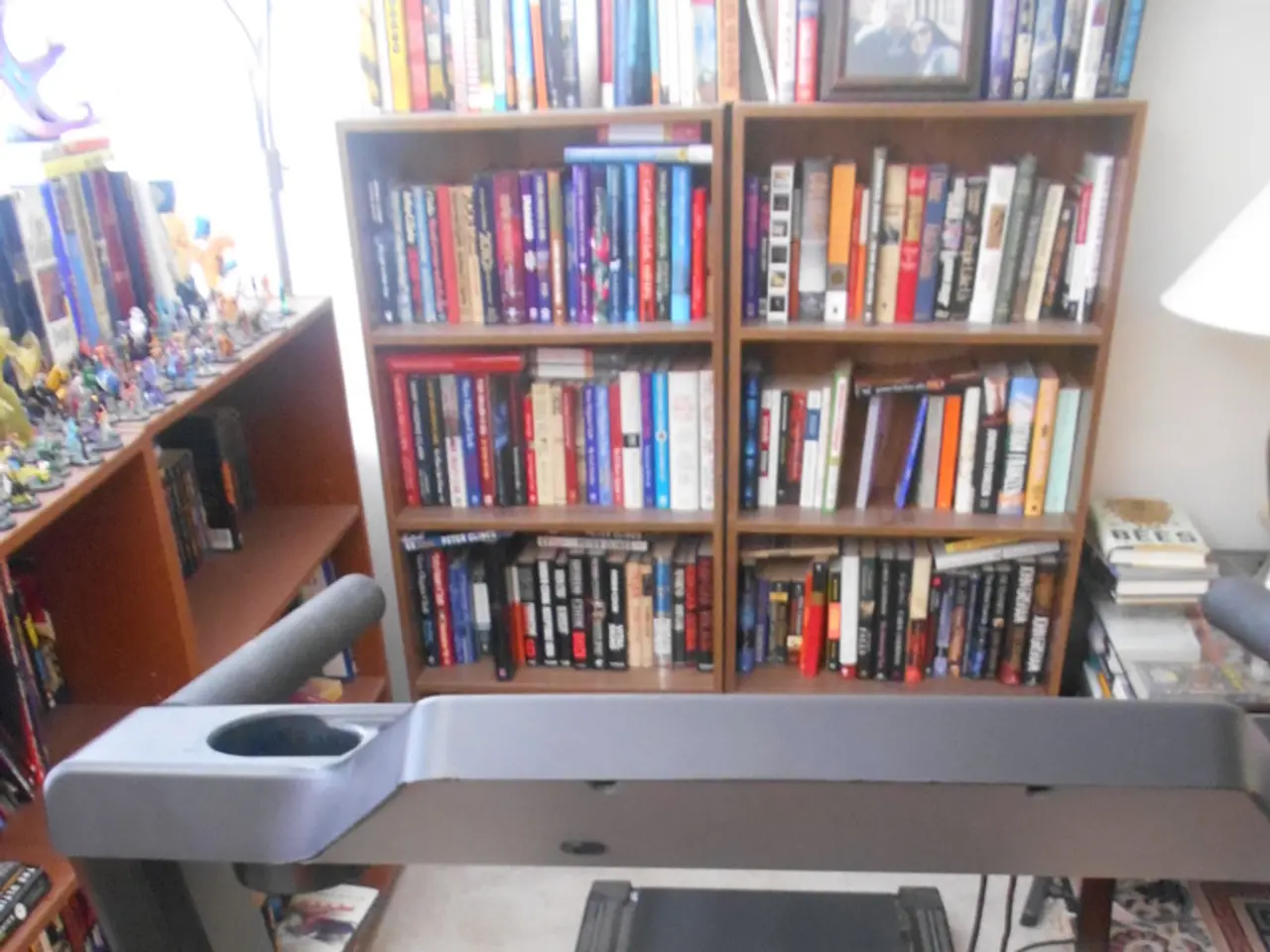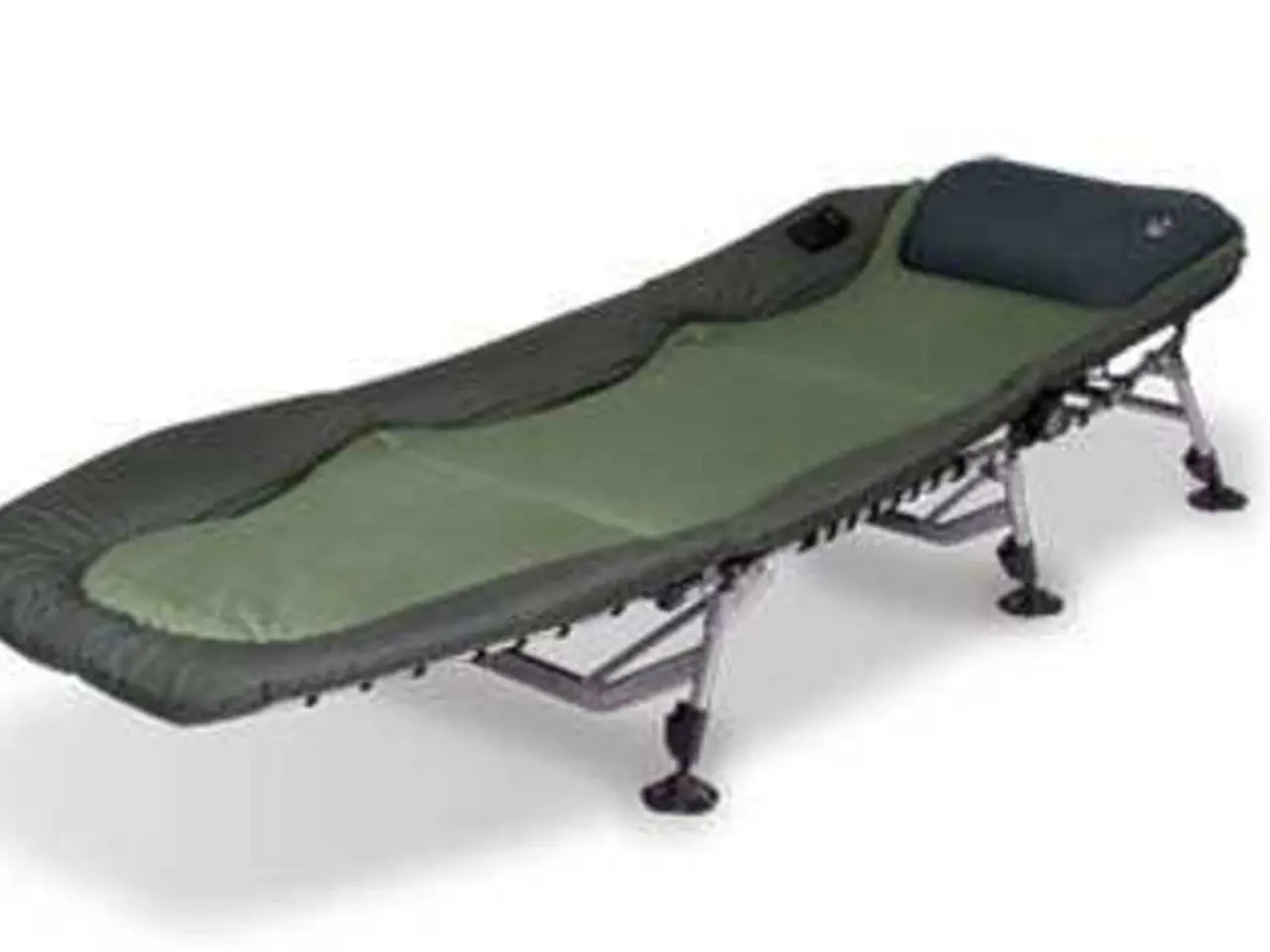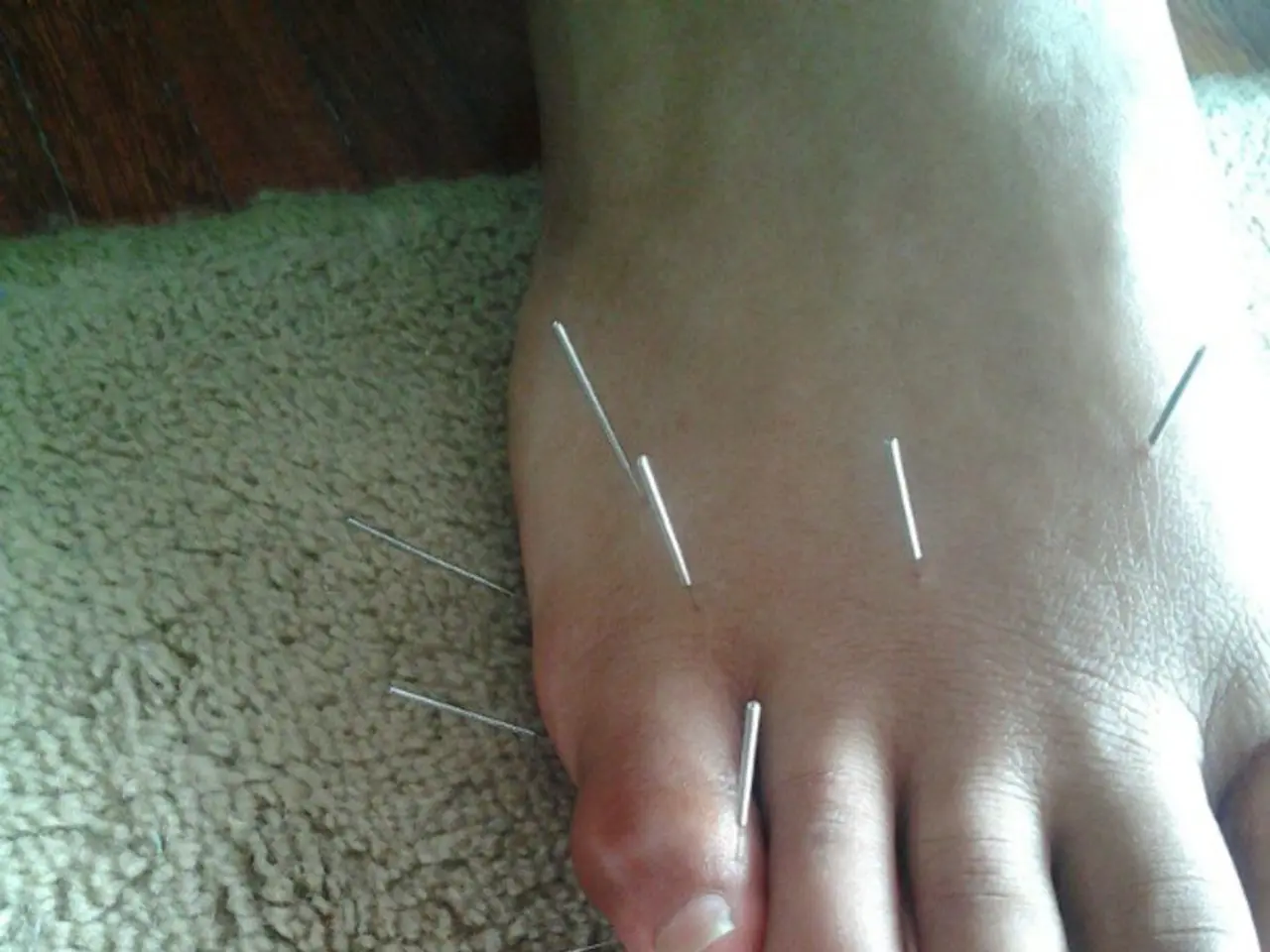Inflammation of the bursa (small fluid-filled sacs near joints): Characteristics, remedies, and warning signs
Bursitis is a common condition that affects the bursae, small fluid-filled sacs in the human body that cushion and lubricate points between bones, tendons, and muscles near joints. Common locations for bursitis include the hip, knee, and elbow.
## Common Locations for Bursitis
Bursitis can occur in various parts of the body, particularly in areas subjected to frequent movement or pressure. Here are some common locations:
- **Hip**: Trochanteric bursitis is common, affecting the outer hip, especially in athletes. Other bursae around the hip include the iliopsoas, subgluteus medius, deep subgluteus maximus, obturator internus, and obturator externus bursae. - **Knee**: Prepatellar bursitis occurs at the kneecap. - **Elbow**: Bursitis in the elbow is common among tennis players and golfers due to repetitive bending of the elbow. - **Buttocks**: Ischiogluteal bursitis can affect the buttocks, particularly from prolonged sitting or bicycling.
## Treatment Approaches
Mild cases of bursitis can often be treated at home with rest, ice therapy, gentle stretching, and pain relievers. However, when symptoms persist or worsen, medical intervention may be necessary.
### Home Treatment
For mild cases, home treatment can be effective. Here are some common measures:
1. **Rest and Avoid Aggravating Activities**: Give the affected area ample rest to reduce inflammation and prevent further irritation. 2. **Ice Therapy**: Apply ice packs to the affected area for 15-20 minutes several times a day to reduce inflammation and numb pain. 3. **Gentle Stretching**: Perform stretching exercises to maintain flexibility and reduce stiffness.
### Medical Intervention
When symptoms persist or worsen, medical intervention may be necessary:
1. **Physical Therapy**: Professionals can provide guided exercises to improve strength and flexibility. 2. **Medications**: Anti-inflammatory medications or corticosteroid injections may be prescribed to reduce inflammation and pain. 3. **Ultrasound Therapy and Electrical Stimulation**: These treatments can aid in healing and reducing pain.
In severe cases, further medical interventions such as antibiotics (if the bursitis is caused by an infection) or surgical drainage may be required. It is important to consult with a healthcare provider for a proper diagnosis and treatment plan.
It's crucial to note that steroids should be prescribed with care due to potential risks of raising blood pressure and increasing the risk of infection.
Bursitis can result from an injury, an infection, or a preexisting condition such as gout, which can cause crystals to form in a bursa. Preventive measures include protecting vulnerable parts of the body, taking breaks during tasks, managing body weight, warming up before exercise, and performing muscle-strengthening exercises.
References: [1] Mayo Clinic. (2021). Bursitis. Retrieved from
- Some medical-conditions, like gout, can lead to the development of bursitis by causing crystals to form in a bursa, which can result in pain.
- Science and rheumatology have allowed for the discovery of various treatments for bursitis, including pain management strategies for chronic diseases like bursitis.
- People with bursitis in their elbows, a common location for this condition, may find relief from symptoms through pain management techniques and home treatments, but more severe cases may require medical intervention, such as corticosteroid injections or physical therapy.
- It's important to maintain a health-and-wellness routine that includes preventing other joint pain and chronic diseases by protecting vulnerable body parts, managing body weight, and performing regular exercises.




